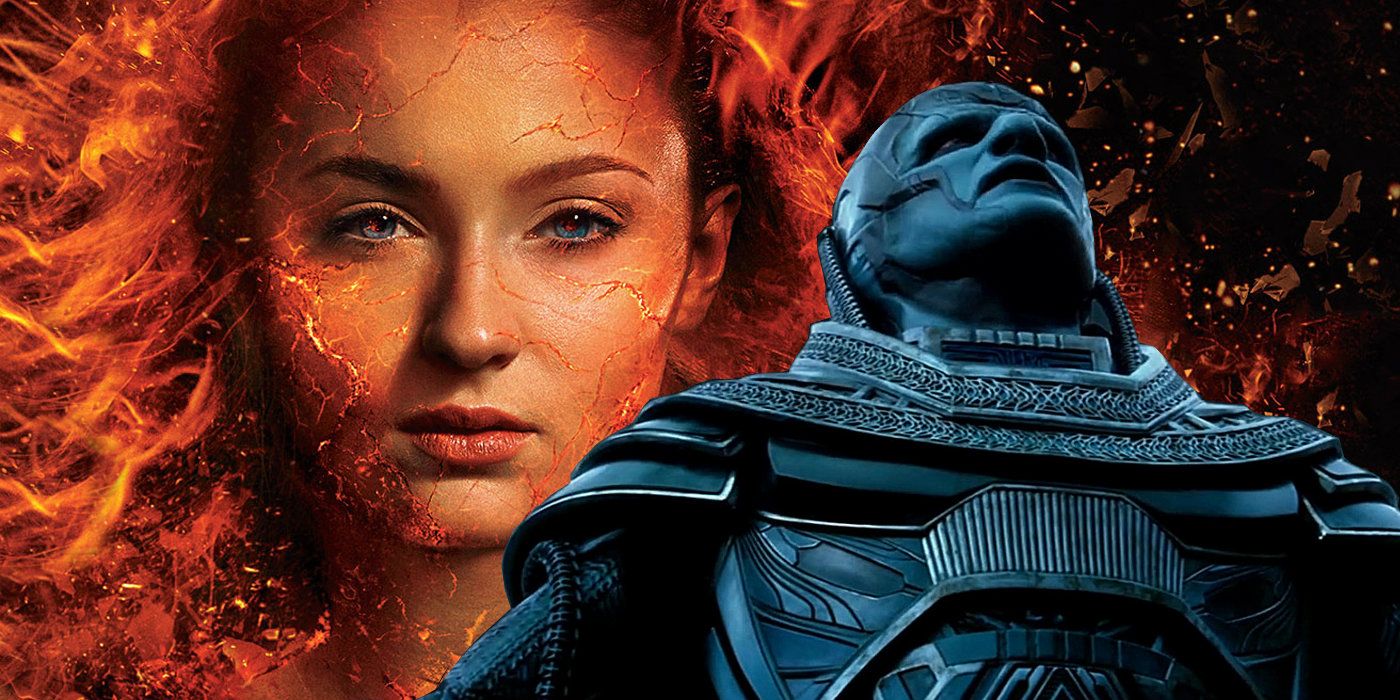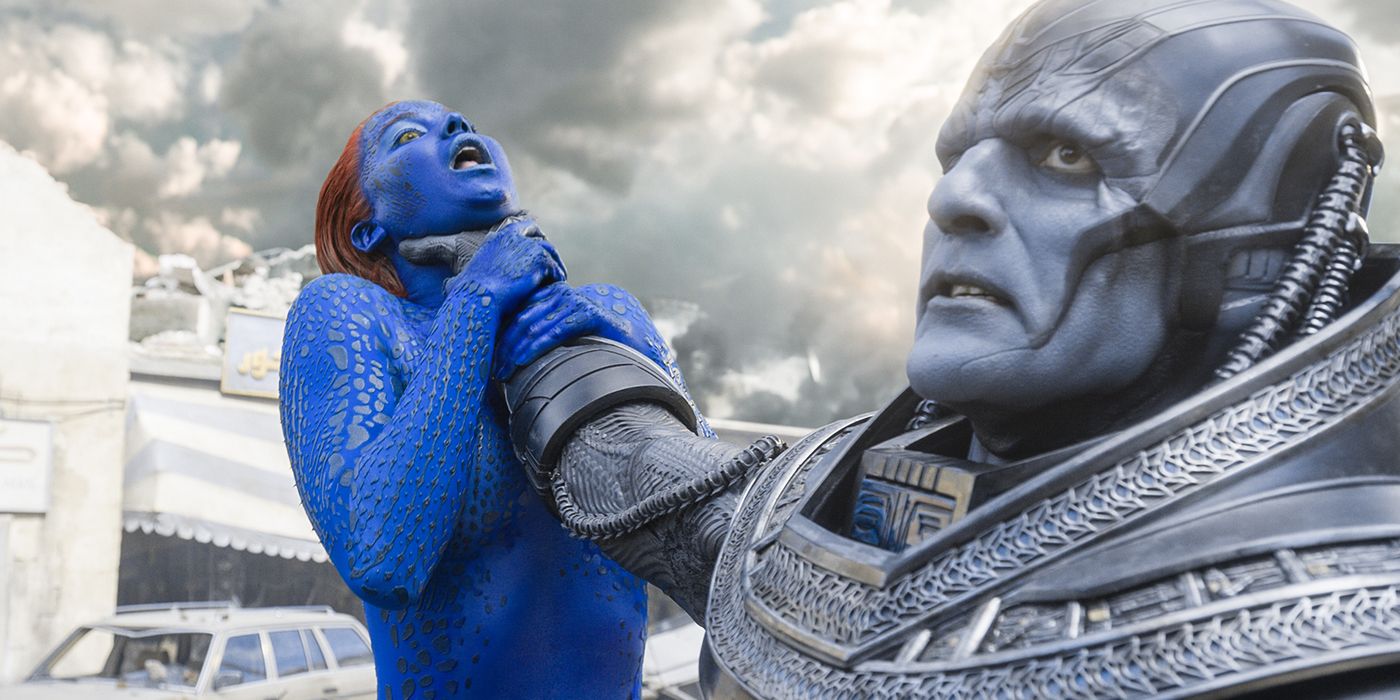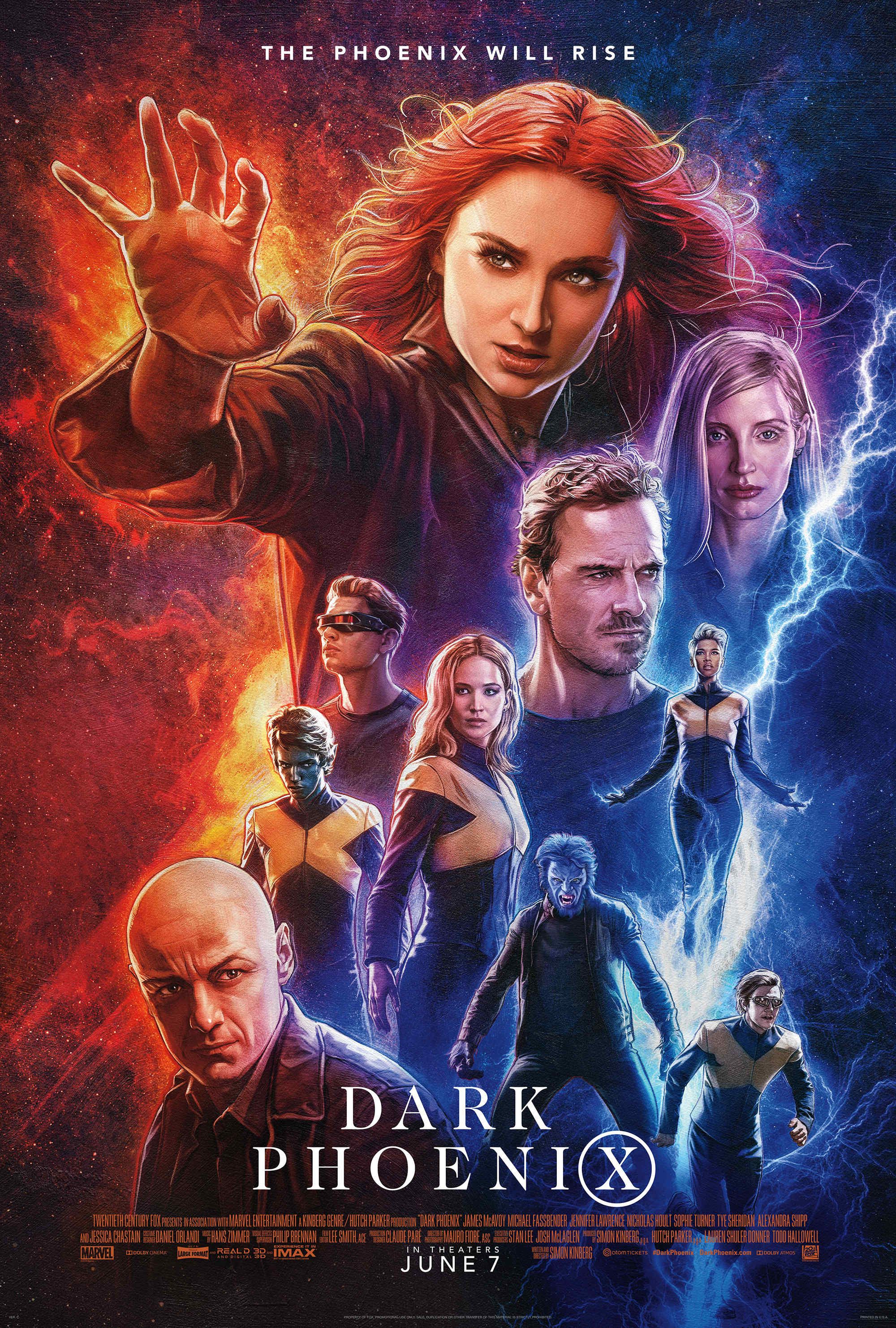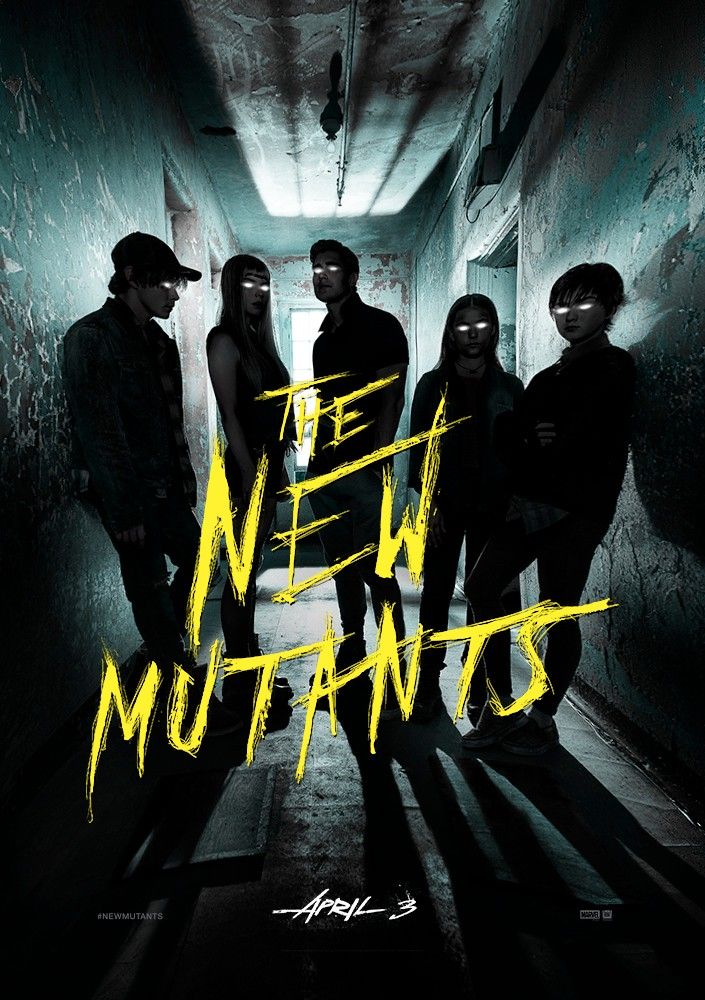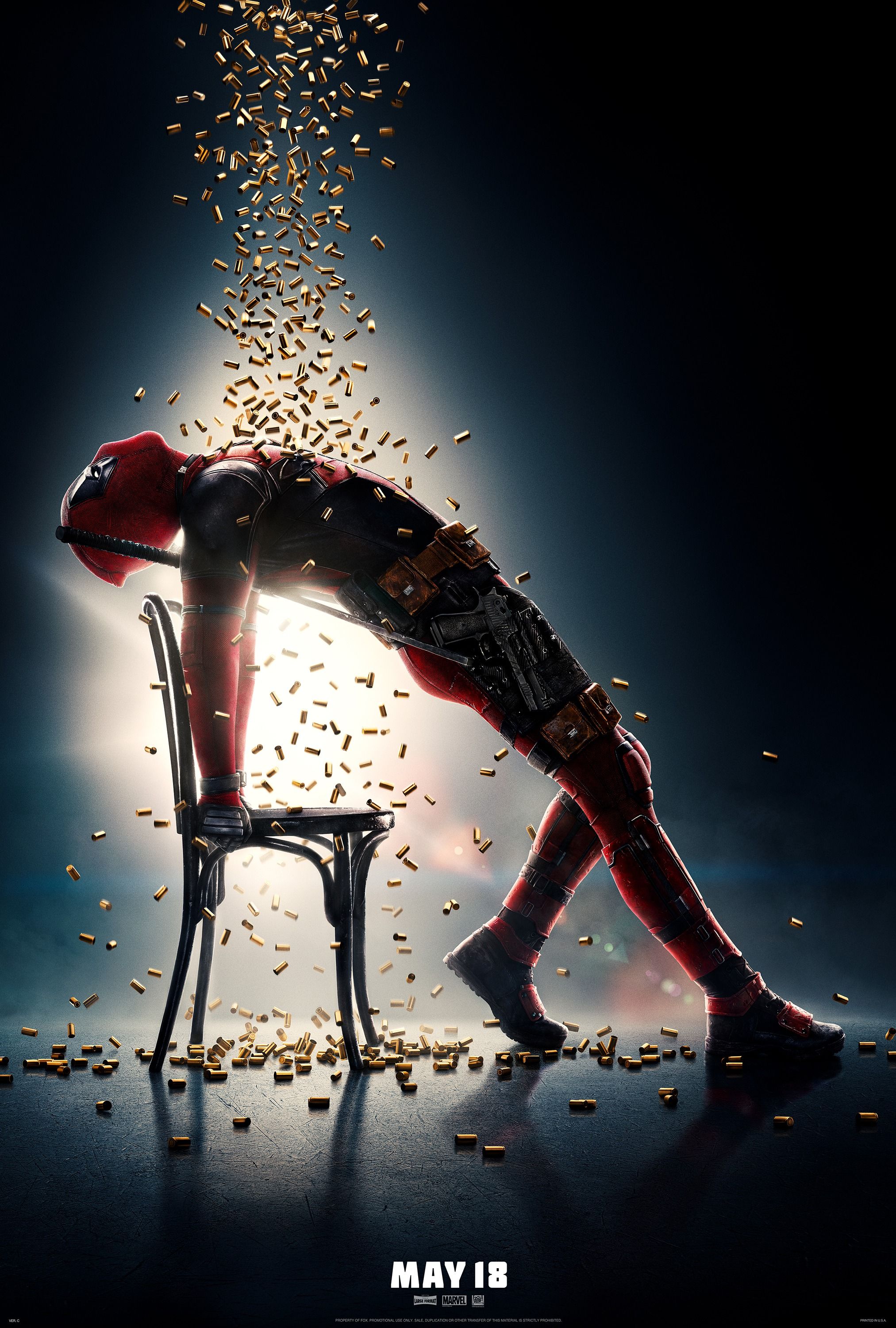When it comes to X-Men: Dark Phoenix, it seems Simon Kinberg and his team have learned some lesson's from Apocalypse. While last year's X-Men: Apocalypse did well enough at the worldwide box office, pulling in $543.9 million, it was hardly the hit Fox were expecting. What's more, but critics and fans alike trashed the film for having a bastic storyline and shoddy work bringing the iconic Apocalypse to life. While the X-Men franchise has had its ups and downs before, Dark Phoenix comes with plenty of risk given the last time the popular comic book story was adapted to the screen.
For first time director Simon Kinberg, X-Men: Dark Phoenix is a chance to get The Dark Phoenix arc right. His script for X-Men: The Last Stand was radically altered by studio interference, leading to the film being critically lambasted. Next year, however, Kinberg will have another shot at it - though with even more of a spotlight on the potential risk involved this time around. Yesterday, EW's cover story for Dark Phoenix offered the first look at the film and plenty of new details on the movie. But with Apocalypse fresh in the mind of moviegoers, can next year's Dark Phoenix improve on its mistakes?
RELATED: Dark Phoenix Images Hint at the Death of an X-Man
EW spoke with Kinberg about what went wrong on Apocalypse and how X-Men: Dark Phoenix is attempting to course-correct the franchise. For the writer, producer, and now director, he's well aware of where things went of the rails and how it can be remedied:
“I think we took our eye off what has always been the bedrock of the franchise which is these characters. “It became about global destruction and visual effects over emotion and character.”
While it's refreshing to hear Kinberg admit the flaws of the previous film, it was just the world-ending stakes and over-realiance on CGI that dissatisfied fans. Many felt that even the abundant visual effects failed to impress, especially when it came to the final battle and the look of Apocalypse. For Kinberg, Dark Phoenix represented a chance to up the game of the X-Men franchise's VFX:
“The reference images were a lot of real world imagery. Everything from real disaster footage to what a real lighting bolt looks like when it strikes the ground. What I talked about with the performances and the photography and the visual effects is it needs to all feel organic and it needs to feel like it lives in our world to make it feel relevant again and not so heightened.”
Beyond more research and reference, Kinberg and producer Hutch Parker admit Apocalypse was far more of a rushed process than Dark Phoenix. But aside from a stronger focus on effects, it seems like the buzzwords of 'gritty' and 'realistic' are big factors for the upcoming X-Men film. Sophie Turner, who will be the recipient of much of the film's CGI when she gains the Phoenix Force, revealed just how the new movie will keep things grounded:
“It is so gritty and there are so many fantastical things in this movie and we really wanted it to resonate with every member of the audience who watches it so we had to make to so real as well. You still get that sense of escapism when people start flying but there’s so much reality in it. I think it will really affect people. And the way Simon shot it — the majority of this movie is handheld, like Steadicam.”
The news that much of the film will rely on handheld cameras is quite the bombshell. Since the rise of found footage movies, action films have regularly relied on this type of filmmaking to add a sense of realism to the proceedings. The Bourne franchise in particular was notable for this innovation, and it seems Kinberg decided to employ the technique to offset the heavy use of CGI Dark Phoenix is sure to have. Whether all of these things will add up to a film more satisfying than Apocalypse is yet to be seen, but it's certainly heartening that the team behind X-Men: Dark Phoenix is attempting to learn from their mistakes.
MORE: Jessica Chastain Plays An Alien Shapeshifter in Dark Phoenix
Source: EW

